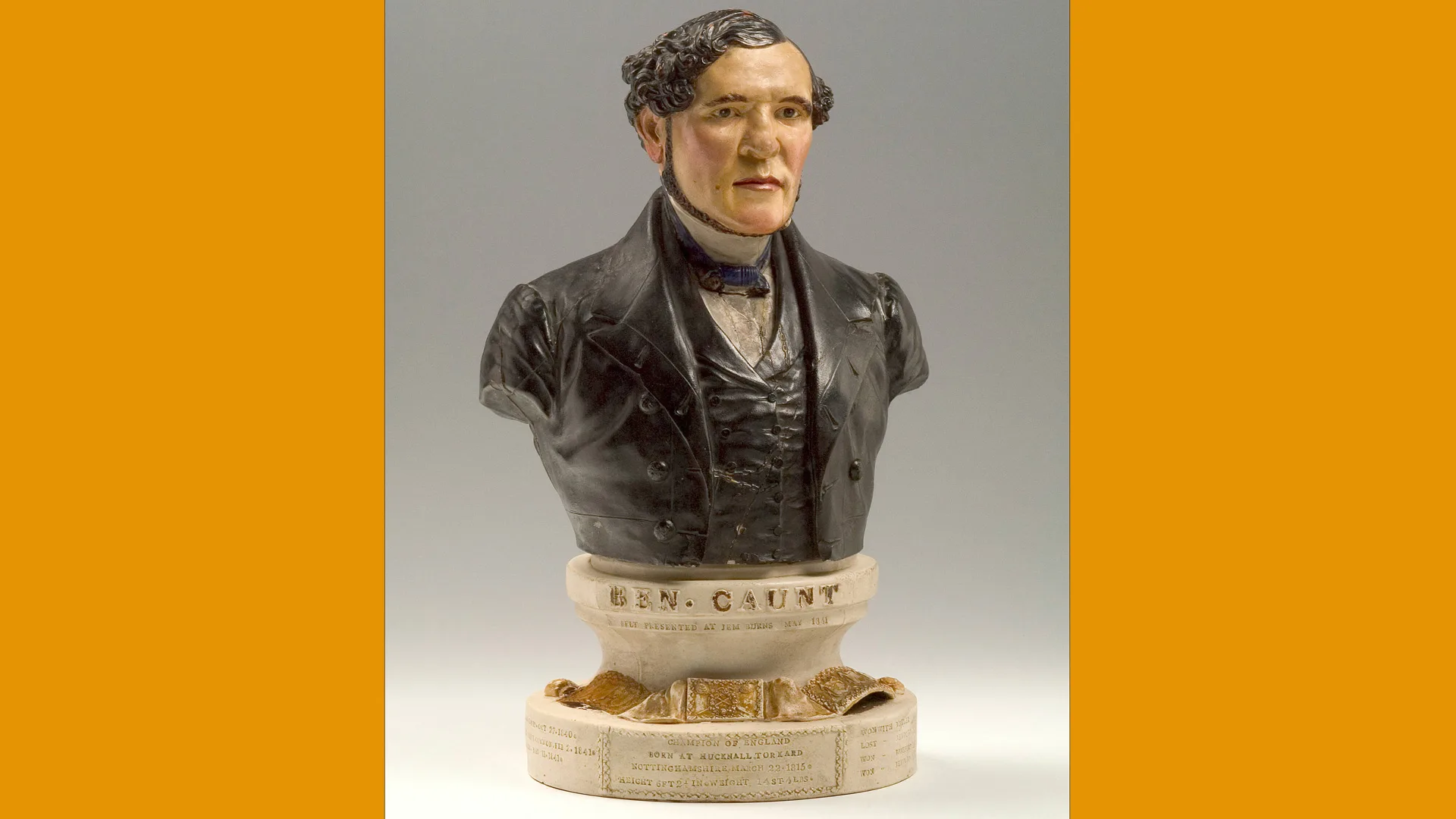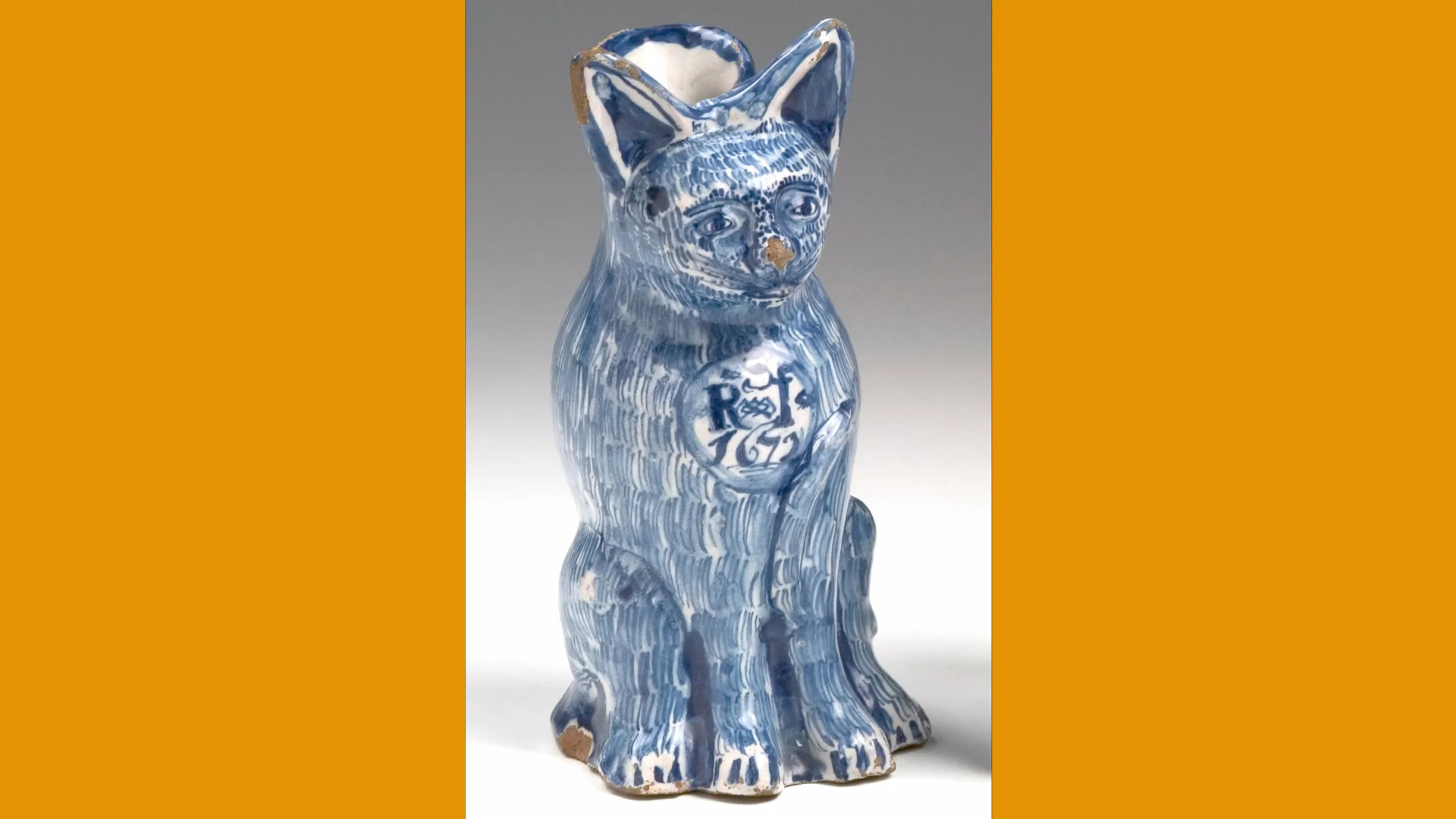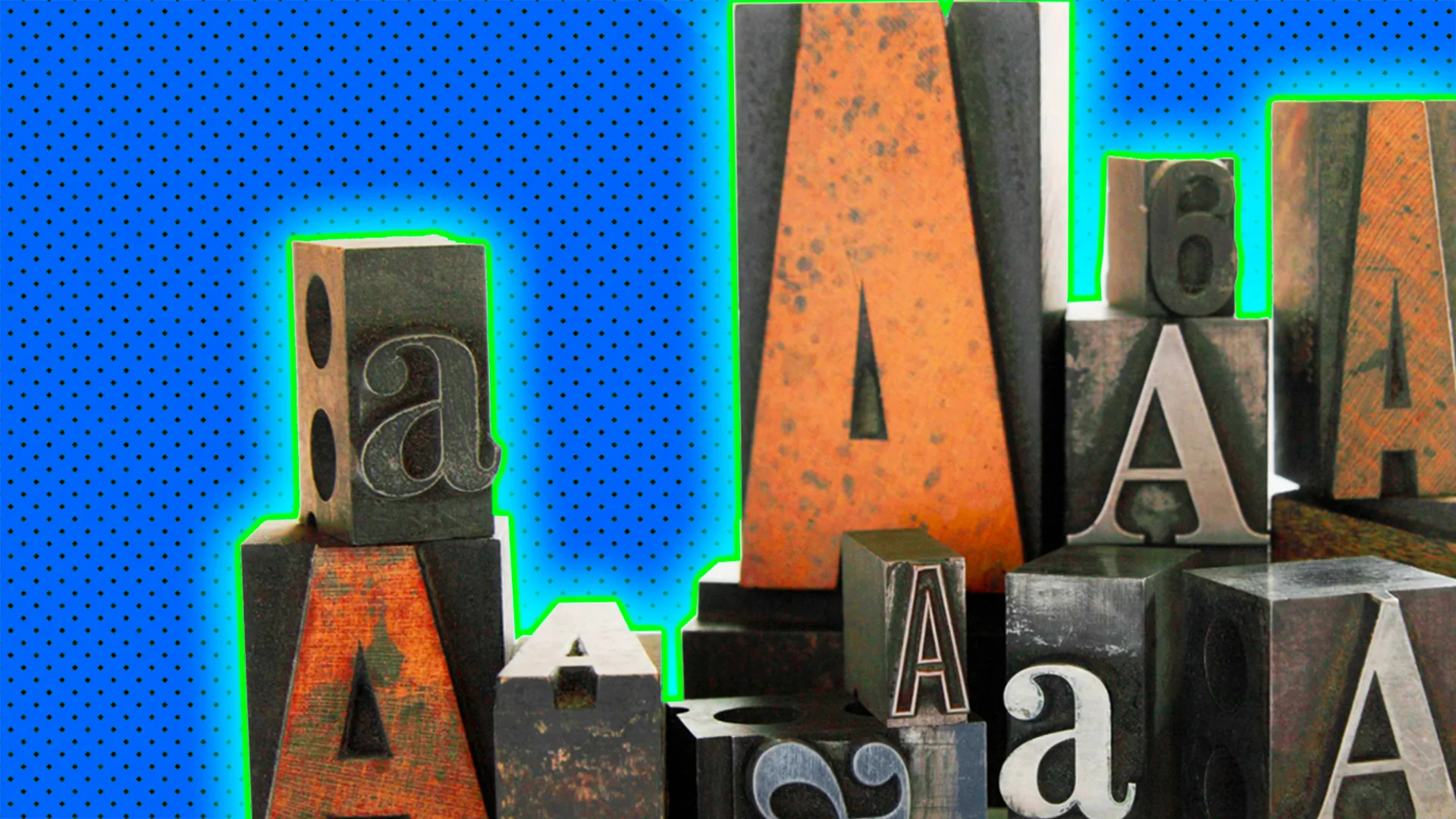From animal menageries to souvenirs of early balloon flight, the 19th-century philanthropist Henry Willett collected an eccentric array of pottery. Let’s find out more about this fascinating collector, and maybe it can inspire you to start a collection too!
Unusual beginnings

Henry Willett’s passion for pottery began somewhat unexpectedly. He was initially a successful businessman, but his interest in ceramics was sparked by a chance encounter with a piece of pottery in an antique shop. This serendipitous moment led him to a lifelong obsession with collecting. This ceramic zoo is beyond adorable, right?
Mystery of the Willett figures

Among Willett’s collection were several enigmatic figures that puzzled experts. These figures were once believed to be the work of obscure potters, but Willett’s extensive research eventually revealed their origins and historical significance, shedding new light on their importance. What do you make of this creepy bear holding Napolean?!
Personal touch

Willett was known for his personal touch in curating his collection. He would often travel to remote locations and private estates to acquire pieces, sometimes negotiating directly with the potters themselves. His hands-on approach contributed to the unique character of his collection.
I am a first time to visitor to mused! 82%
I have been to mused before! 18%
What’s up kitty cat?

Among the many treasures in Henry Willett’s collection was a particularly intriguing piece – a 17th century ceramic jug shaped like a cat. Willett was fascinated by its unusual appearance and backstory. The jug’s precise origin was a mystery for many years, but Willett’s research and dedication eventually unveiled its origins as a piece from a small, lesser-known pottery workshop. The jug became a highlight of his collection, representing his passion for unique and rare ceramics, and it remains a beloved piece among ceramic enthusiasts.
Impact on Museum Exhibitions

The Willett Collection not only enriched public collections but also influenced the way pottery was exhibited. Willett’s focus on both historical and aesthetic aspects of ceramics helped shape modern museum practices in presenting decorative arts. What collection would you to see like displayed in a museum?











